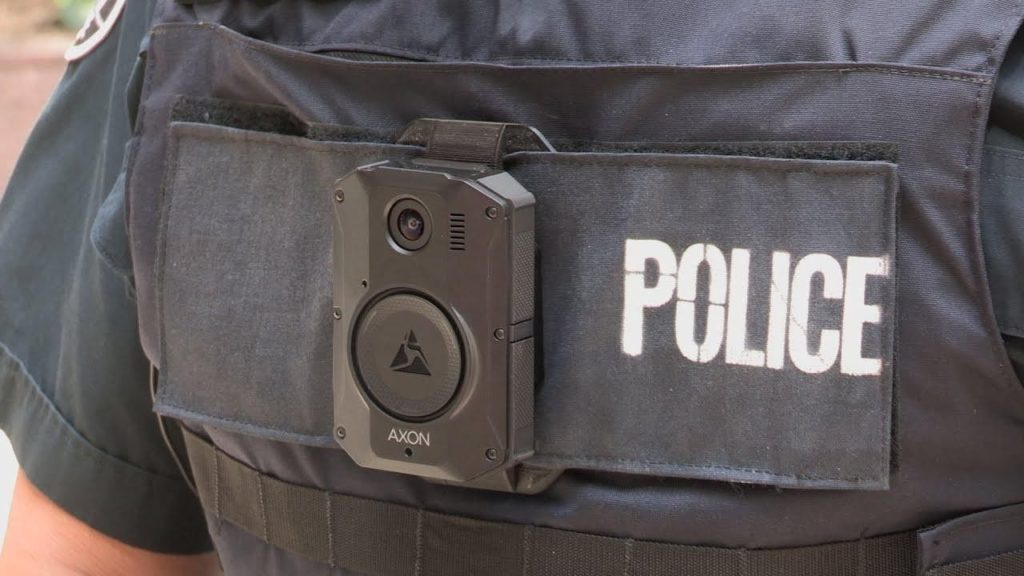Body cams not a ‘silver bullet’ for accountability issues, Ryerson prof cautions

Toronto Police Service’s 52 Division will join two other divisions in equipping body-worn cameras, police said in a release Monday. The downtown division’s community response unit — the “beat cops” who interact with the community on a day-to-day basis — will be equipped with body-worn cameras, as will all officers in 11 and 22 divisions.
The announcement came on the same day Angus Reid released the results of its Defend or Defund? survey. Poll results show that 73 per cent of Canadians surveyed agree with the statement “police officers are not held accountable when they abuse their power.” (The survey has a margin of error of +/- 1.5 per cent, 19 times out of 20.)
“Body-worn cameras are one tool we can use to create trust and legitimacy between officers and the public,” interim police chief James Ramer said in the release. “This technology provides an independent, bias-free account of our interactions.”
The Ryersonian reached out to the Toronto Police Service with requests for comment, but did not receive a reply in time for publication.
Ajay Sandhu, a professor of criminal justice at Ryerson University, said, however, there’s a big misunderstanding about body-worn cameras and the idea that a video recording never lies.
“What is recorded, what is left on camera, what is left off camera, can really illustrate the interpretability of this footage,” he said.
“If you’re really zoomed in on a particular individual, you see their arm going towards their pocket, it might look like maybe they’re doing something sketchy,” Sandhu said. “But if you had a further away view, it might look much less sketchy.”
A 2016 New York Times article shows this phenomenon in action: snippets of video taken from both wide angles and from a body camera show wildly different interpretations of footage.
Sandhu recognizes the “hype” around body cameras and how they’re considered “a silver bullet of a solution” to problems of police brutality and police accountability. But he said that the data on their efficacy so far was mixed, with Toronto wading into virgin territory when it comes to body cams.
Part of the problem is that most data on body cameras comes from the United States and the United Kingdom, Sandhu said. Body-worn cameras are rare in Canada, with Calgary being the only city with force-wide adoption for all front-line officers. They’ve been piloted in other cities, including Toronto in 2014, as well as Edmonton, Vancouver and Fredericton. Prime Minister Justin Trudeau said in June that he wanted to see the RCMP widely adopt body cameras and that he would press premiers to adopt them at provincial and municipal levels. Other cities — such as Montreal — recommend against the use of body cameras, citing costs.
The other, larger part of the problem around body cameras, Sandhu said, is “activation compliance” — when police turn the cameras on or off. Sandhu is currently designing a study around how and why officers on police forces across Canada turn their cameras on or off.
Toronto police put out a short video showing the public what to know about how the camera’s turned on and off and what cues it gives. The police said that the cameras will be turned on when an officer arrives at a call for service, begins an investigation or when asking a person questions for the purposes of collecting information.
There will be minimum penalties for not turning on recordings when required, according to Toronto police.
Sandhu said that when it comes to understanding the effectiveness of body cameras, it depends most on how willing officers were to turn the cameras on.
“Body-worn cameras were most likely to reduce use of force rates when activation compliance was high,” Sandhu said. “When the camera was not being turned on, it had basically no effect on use of force rates on citizen complaints.”
